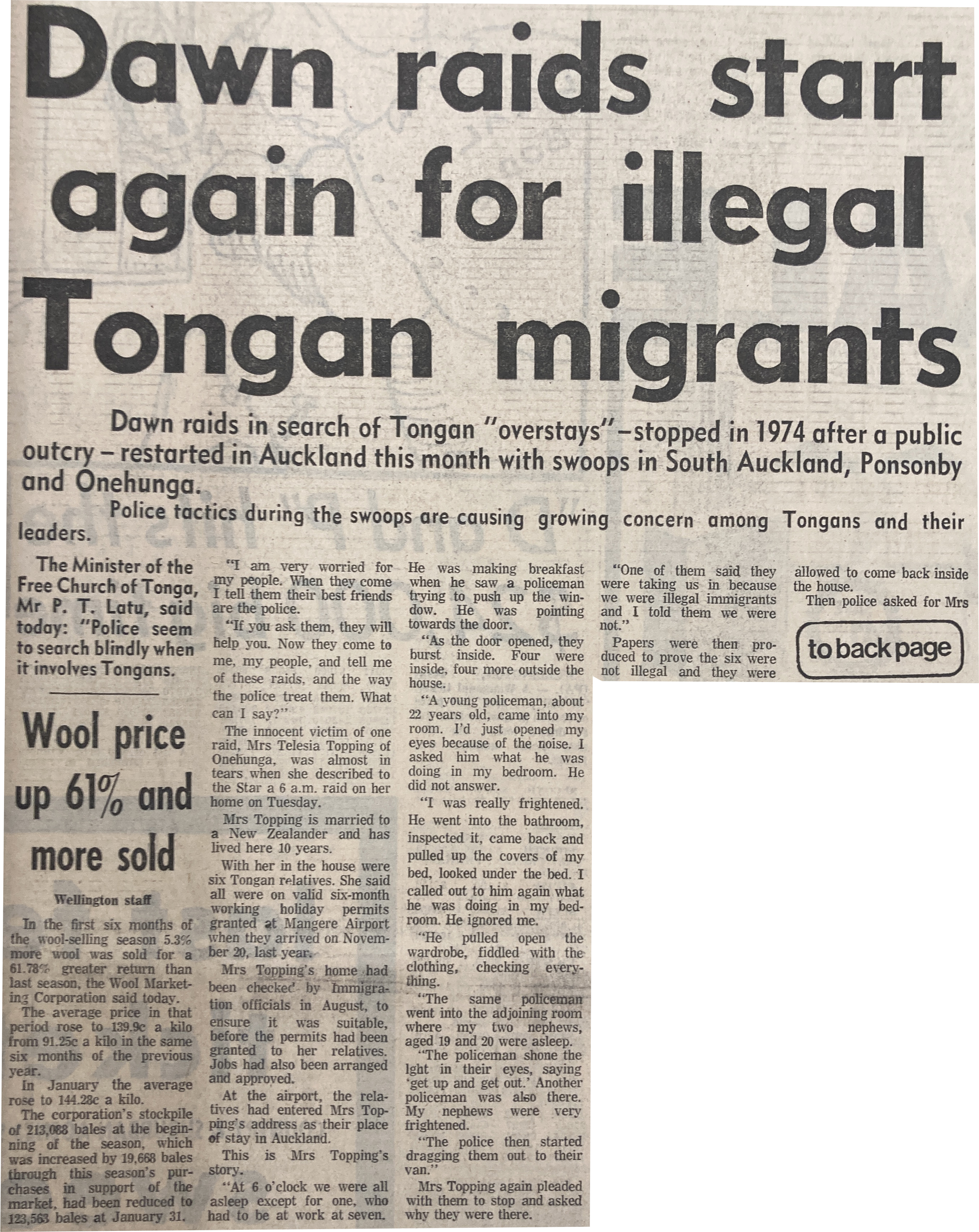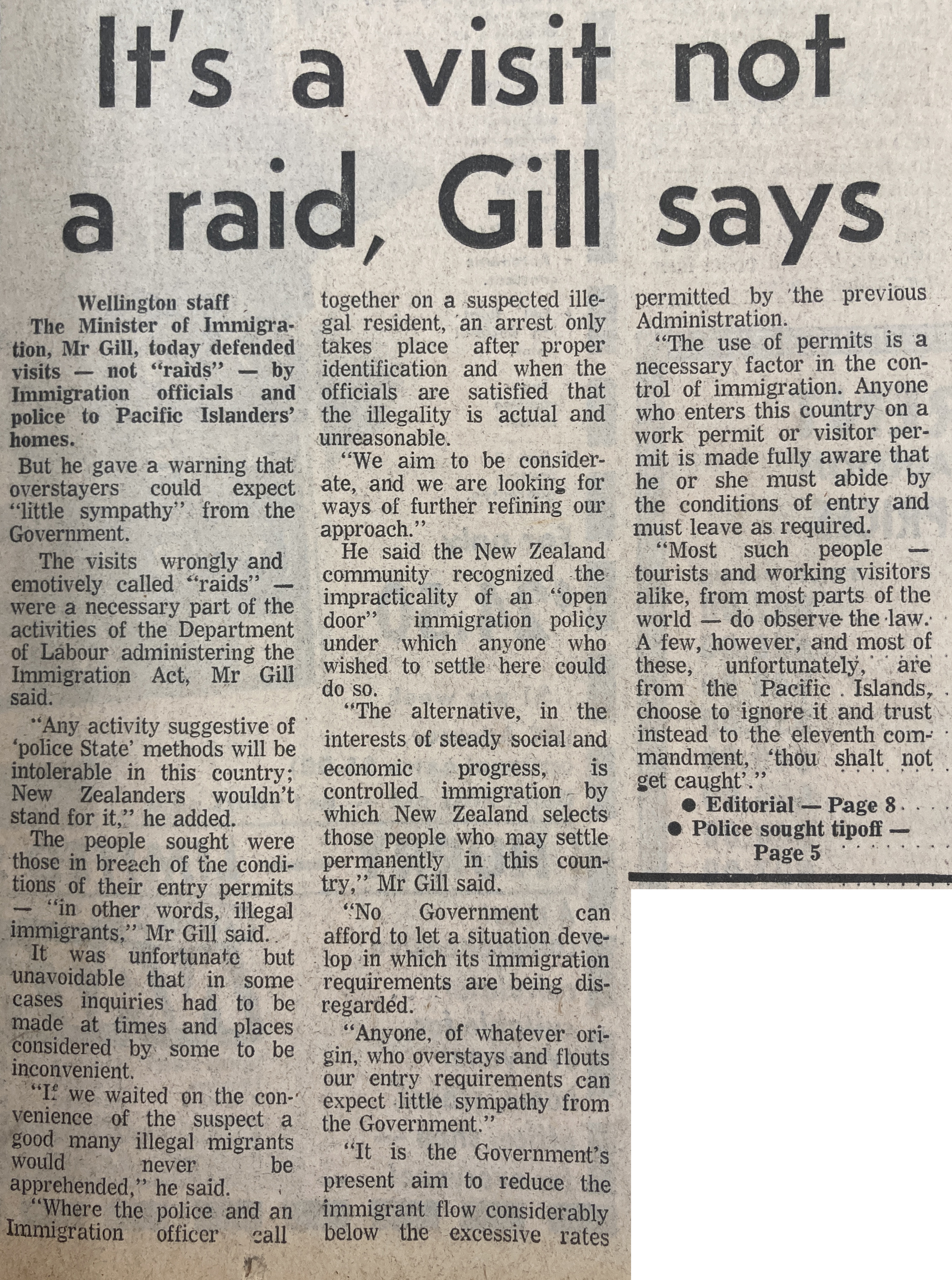Cryptocurrency transfer led to money laundering conviction, but experts say a boom in underworld use unlikely
Libby Wilson05:00, Aug 01 2021

JACK TAYLOR/GETTY IMAGES
Rayon Mohi Williams – who was arrested as part of an investigation into a methamphetamine operation – had made a $5000 transfer to show an associate how cryptocurrency transactions work.
Police on a methamphetamine operation uncovered a $5000 cryptocurrency transfer that led to a money laundering conviction.
But a boom in underworld uses of encrypted currency is unlikely, according to academics with an interest in the area.
Cash is still simpler, and one academic warned any would-be criminal users that cryptocurrency isn’t as anonymous as initially touted.
A recent court decision shows police picked up a transfer made by Rayon Mohi Williams – one of 29 people arrested after a methamphetamine investigation spanning Auckland and Waikato.
READ MORE:
* Cryptocoins are proliferating wildly. What are they all for?
* Volatility in price of bitcoin raises tax questions
* Ex-Cryptopia staffer admits stealing almost $250,000 of cryptocurrency
* Cryptomining attack prompts password changes at Massey University
From January 2020, police began investigating a “highly organised and lucrative drug dealing business”.
Williams sent $5000 to an associate, as a cryptocurrency transaction demonstration for another person, according to a recent Court of Appeal decision.
That earned him a money laundering conviction – but his cryptocurrency wallet was not found, so the court couldn't know how much he’d bought or held.
Williams also faced another money laundering charge, for paying $26,750 cash for a Harley-Davidson motorcycle in June 2020.

UNSPLASH
Authorities never found Williams’ wallet, so couldn’t say how much cryptocurrency he’d bought or held.
The court believed Williams laundered more, despite not having evidence of how much.
It noted he worked closely with the operation’s central figure, “in particular discussing and demonstrating the purchase and balance of cryptocurrency accounts”.
The judge was satisfied that Williams’ offending was “not insignificant”, basing that on “the sums Mr Williams had received and disbursed and from the steps that Mr Williams had taken to conceal his activities”.

CHRIS SKELTON/STUFF
Cryptocurrency is often more traceable than cash, University of Auckland associate professor of commercial law Alex Sims says.
Cryptocurrency would likely only be used in a very small percentage of laundering situations because cash was much simpler, University of Auckland’s Alex Sims told Stuff.
“You’ve got to find someone who’s willing to accept [the cryptocurrency] from you, and it’s hard to turn it back into NZ dollars,” the commercial law associate professor said.
“You would basically have to prove where you got it from”.
Encrypted currency is often more traceable than cash, if law enforcement agencies discover who is behind a public key, used for identification.
“If you are incredibly sophisticated there are ways around it, but that’s very hard.”
However, as cryptocurrency use becomes increasingly common in society, it follows that it’ll be used more for crime, she said.
University of Otago’s Dr John Williams warned any would-be criminal users: “it’s not as anonymous as you might think”.
Williams is a business school senior lecturer who himself owns cryptocurrency.

123RF
Cryptocurrency is “not as anonymous as you might think”, University of Otago business school senior lecturer Dr John Williams says.
And he wasn't surprised the law hadn't managed to track down Williams’ wallet.
“The authorities will have increasing cases to deal with but also will have increasingly capable tools to combat it as well, as the law enforcement agencies share the strategies and tactics they use to be anonymised.”
Still, the issue of ransomware attacks well overshadowed money laundering through cryptocurrency, he said.
Rayon Mohi Williams appealed the original sentence for his two money laundering charges, and the Court of Appeal changed it to 10 months of home detention, with special conditions.
Police were approached for comment on cryptocurrency and money laundering but did not respond before publication.












